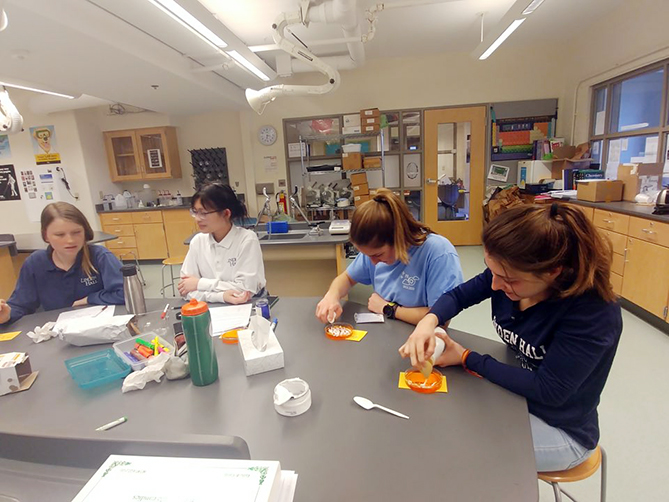
“Lavender Oils to hydrate your skin!” For my Cosmetics Chemistry Club at school during my junior year, I devised an activity through which we would extract flower oils and expand it to the marketing and business-related field. Among the many challenges of this project, testing the flower oils was the most difficult yet necessary component. Without positive test results, we could not expand the project into a proper business model. In particular, the product had to be proven safe.

Looking for the methods for safety verification, I soon found out that animal testing is widely used for testing the safety of products on humans. However, it was not a viable option for our project as I am personally opposed to animal testing. As my project floundered to vindicate the safety of my flower oil, I began to wonder what problems make animal testing controversial and how large enterprises ensure the safety of their products effectively. Specifically, what alternatives to animal testing are available?


The fundamental issue in animal testing is a moral one. In other words, the pain and suffering inflected on the animals in such inhumane practice such as Draize test and LD50 cast doubt on the morality of such practices. According to the “Annual Report Animal Usage by Fiscal Year” presented by USDA, 792,168 animals were used in regulated activities at the animals research facilities. Out of such number, 314,039 were involved in activities that entail pain or distress. The founder of Korea Association for Animal Protection, Lee Won Bok, specifically refers to Draize eye irritancy test and Lethal Dose 50 as the dreadful examples of the brutal practices. Draize test examines the safety of the new cosmetics and daily products by applying a small portion of the product to the animal’s eye – mainly that of laboratorial albino rabbits – and observe if the irritation occurs over the course of several weeks. LD50 is, as The Humane Society of the United States describes, “a test specifically designed to kill animals.” For this test, researchers forcefully inject the new cosmetics or pharmaceutical products to the animals. By doing so, the researchers inspect the concentration of particular products required to reach the degree that would be fatal to the subjected animals. Lee asserts that these tests are highly unethical since the animals are normally put to the risk of death after experiencing a severe torment.
Well, so how can we deal with these issues? To this question, Lee listed various promising alternatives under development. “In general,” he stated, “In vitro method and In silico models are the two major substitutes.” According to peta.org, In vitro methods incorporate artificial human cell and tissues instead of animal skin and organs. One of the pioneers for the in vitro method is Harvard’s Wyss Institute. The researchers of Wyss Institute devised “organs-on-chips,” which they explain as “microfluidic lined with living human cells for drug development, disease modeling, and personalized medicine.” This translucent modern device successfully mimics the structure and functions of living human organs, enabling researchers to predict the efficacy of the medications for a disease more accurately compared animal testing. Silico models, on the other hand, employ computer-modeling techniques to evaluate the interaction between the drugs and human cells. Specifically, scientists develop a computational model based on previous research data and use it to show the progression of diseases, performance of the new drugs, and the responses of the human physiology. Together, in vitro and in silico shed light on more ethical and exhaustive replacements for experiments on animals.

Still, despite the introduction of alternatives to animal testing, there are ongoing arguments about whether these new alternatives to animal testing are a viable replacement. Though it is a challenge for enterprises to make drastic changes in the imminent future, several cosmetic companies are already on the path to provide brighter future for the animals. Companies like ‘Lush’ some of their global markets just to sustain their efforts of cruelty-free production. ‘The Body Shop’ introduces in its website a number of animal-friendly testing methods in actual use for its own products, including in-silico analysis uses, laboratory-produced skin, and patch testing. Besides Lush and The Body Shop, myriad of companies and scientists are joining the path to develop better alternatives. As a customer and a potential contributor to this society, everyone has the opportunity to support alternative animal testing methods and protect the animals.

Hyemin Julie Park
Grade 12
Linden Hall

